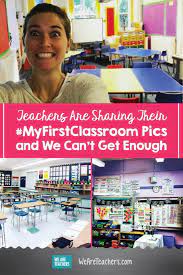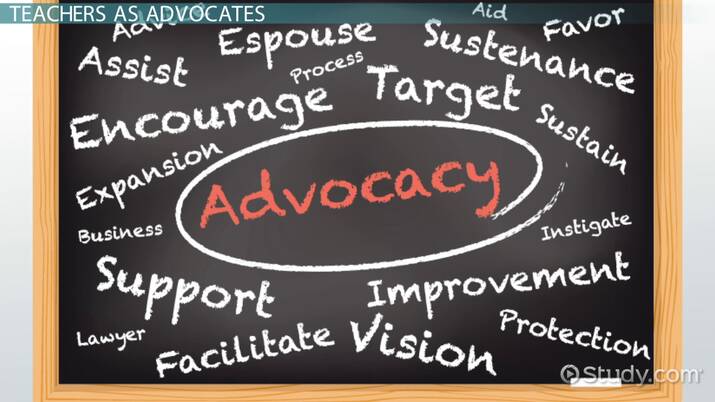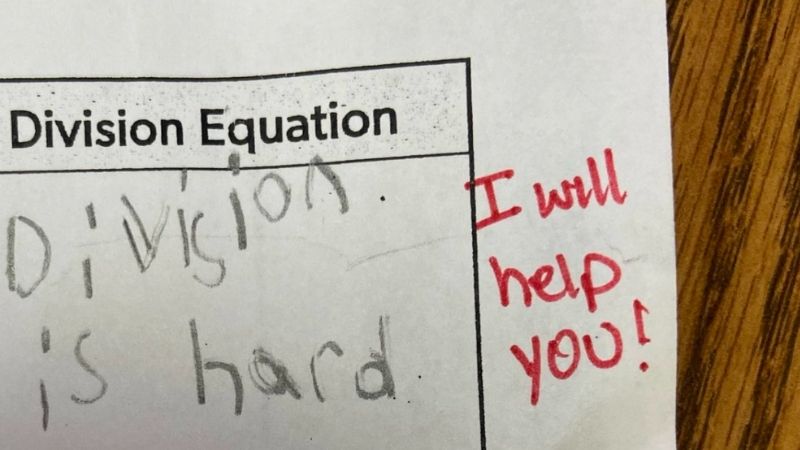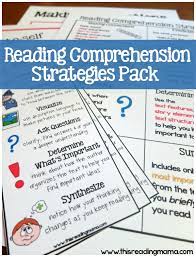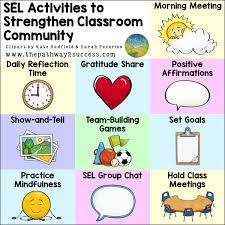In recent weeks, social media has become a treasure trove of nostalgia and reminiscing, as teachers from around the world have started sharing their first classroom photographs under the hashtag #MyFirstClassroom. This trend showcases the beginning of their teaching careers and offers a heartwarming glimpse into the passion and dedication they bring to their profession.
From empty classrooms awaiting their students’ arrival to veteran teachers sharing side-by-side comparisons of their first and current classrooms, the trend reflects a diverse range of experiences. Each snapshot carries a unique story, and together they build a visual narrative of teaching journeys that inspire both educators and students alike.
Many teachers have used this opportunity to express gratitude for the incredible transformations they’ve seen in their profession throughout the years. Some recount how they started with minimal resources and simple blackboards, now replaced by smartboards and digital devices that enhance learning experiences. Amidst this change, however, one element remains steadfast—the passion that drives teachers to empower future generations through education.
For some educators, these photos serve as a reminder of how far they’ve come in mastering classroom organization and aesthetics. From boldly colored walls to meticulously placed bulletin boards, these images inspire creativity and demonstrate endless possibilities for designing spaces that foster engagement and curiosity.
The photos have also caught the attention of several prominent figures within the education community. Many school administrators and influencers have joined in on the conversation, sharing their appreciation for the hard work, resilience, and love infused into each one of these classrooms.
In addition to receiving praise from colleagues and educational leaders, #MyFirstClassroom has also attracted positive feedback from parents and students. The images reaffirm the important role that teachers play in children’s lives—shaping not just academic growth but also inspiring aspirations to reach great heights.
In a time when educational institutions face continuous challenges due to global events such as the COVID-19 pandemic, #MyFirstClassroom provides an uplifting look at the education sector’s progress, resilience, and determination to make a difference in countless students’ lives.
As we continue to scroll through these captivating images and inspiring stories, we’re reminded that behind every classroom lies a journey marked by passion, dedication, and commitment to nurturing the next generation of thinkers, innovators, and leaders. The #MyFirstClassroom trend showcases the unwavering spirit of teachers who have chosen to be change-makers in an ever-evolving educational landscape. And honestly, we can’t get enough of it!
